Auto-Cours at Art School
A Foundation of Devising Original Work in an Ensemble
This series is part of the Network of Ensemble Theaters' inaugural Intersection Symposium being held from October 31-November 2, 2014 at The New School and La MaMa in New York City. This first installment of the symposium, Intersection: Ensembles + Universities, launches a multi-year investigation into the connectivity between professional ensembles and colleges/universities. View the livestreaming schedule and video archive here.
On Monday morning at a college of art, in a theater department with the program structure of a conservatory, the second year students will find the week’s Auto-Cours problem posted on a designated bulletin board. Auto-Cours is a foundational course in generative ensemble performance and a systematic introduction to the elements of theatricality that is required for all theater students. For most of the students, it will be their first experience working in a generative ensemble and they will have had little formal orientation to group dynamics. For some it is a new experience of shared leadership; for others it is a new experience of breaking through years of silence; and for all, the course is an opportunity to attain a new level of understanding of how an individual may successfully collaborate within a devising group.
The course takes its name from the Auto-Cours that was devised by Jacques Lecoq—but it is similar only in the most general terms. With no assistance from outside their group, several student performance groups devise their own work as a solution to the posted problem. The problem is a mix of text and images arranged on a page. The text and graphic elements are precise, and often not obviously meaningful beyond their ordinary appearance, but after a close read the details of the page may be seen as suggestive toward a response, provocation, or a call for investigation. This is what students must solve through performance.
During the ensuing week, the groups create and rehearse their composition and then perform their work before the entire class on Friday. Before the performances begin, the instructors question the cohort about the impact of encountering the problem and their method of group formation. After the performance, the instructors question the group about their compositional process. The interrogations are models of a self-reflective practice for the individual and the group.
Each problem is a provocation that challenges both the individuals and the cohort at what appears to be the limit of their ability to collaborate, which is at the point of their greatest resistance or their greatest block—which are often the same. That process continues week after week, devising solutions that increase the organizational and collaborative skills of the groups, and providing a broad range of performance experiences that explore the nature of theatrical elements. The elements may include: time, space/place, object/icon, rhythm and tempo, narrative/story, character, chorus, procession, movement, sound, lighting, scenic, and performer-audience tension. The final problem introduces the idea of Gesamtkunstwerk (an art work produced by a synthesis of various forms) and challenges the cohort as one performance group to devise a solution that brings it all together: The Five Minute Opera.
It is not uncommon for the students to remark that the collaborative generative ensemble is highly relevant for their time. They have observed that the social and political rival groups in our society could benefit from an effective model of how to share authority and work creatively with the tension of differences. More than one class has been inspired to continue devising beyond school and has taken their collaborative performance skills to the social justice movement.
Auto-Cours is not only a process in which to put provocation to use; it is itself a provocation that interrogates traditional ways of making theater and creates a meeting place—a point of intersection—for curricula that otherwise might not intersect, especially in a course that for much of the semester remains rooted in the nonverbal expression of the action-image. The movement track, theater history, and performance theory contribute to the multiplicity of languages at play: the body as text, the framing system as experience and cultural context, the object as partner, time and space as both an idea and a material reality, the nonverbal expression of narrative, the mis-en-scene as a cohesive construction, and the use of poetics in creating the unified image. The coursework touches on myth, ritual, choral image, fine arts, sculptural expression, image-framing, philosophy, theater history, the elements of theatricalism, and social movements and issues by way of problem construction; the course covers a great deal of territory in depth across multiple classes, which have a way of supporting one another.

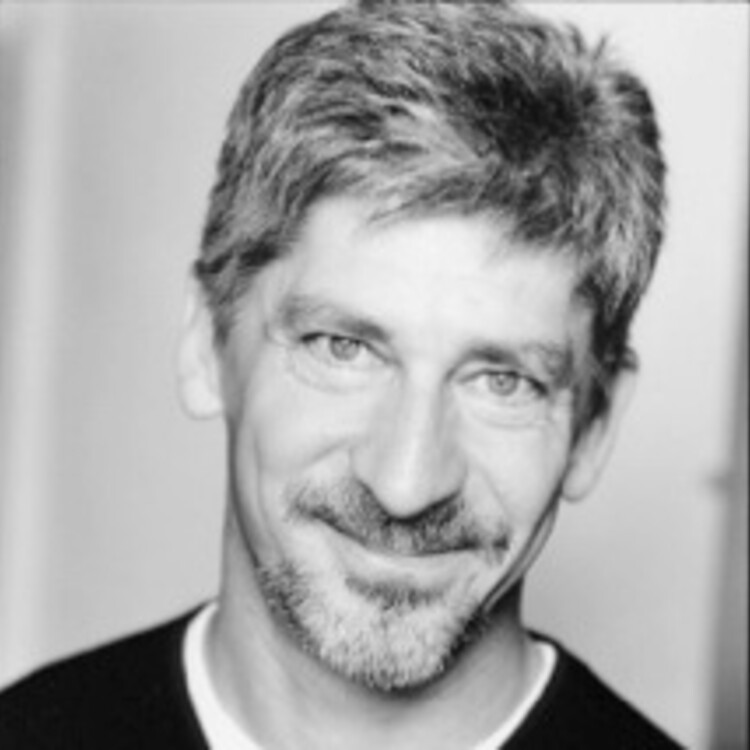
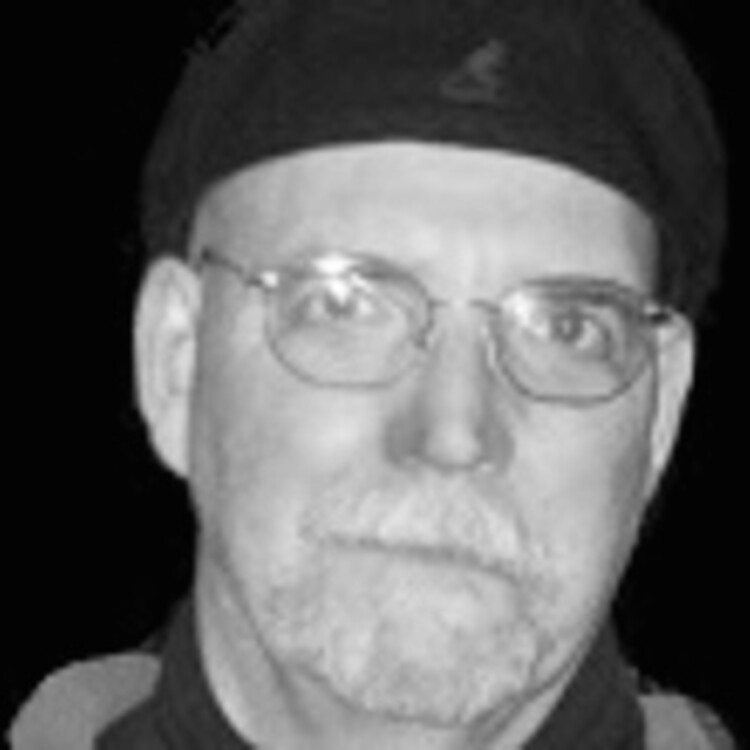
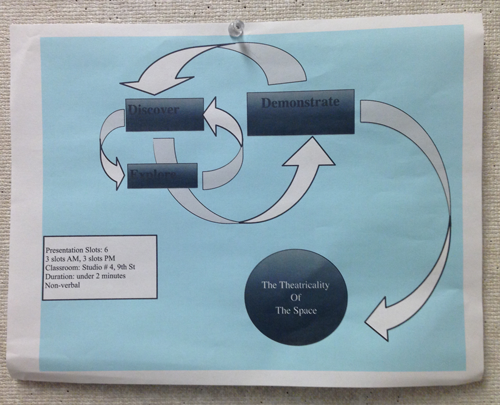
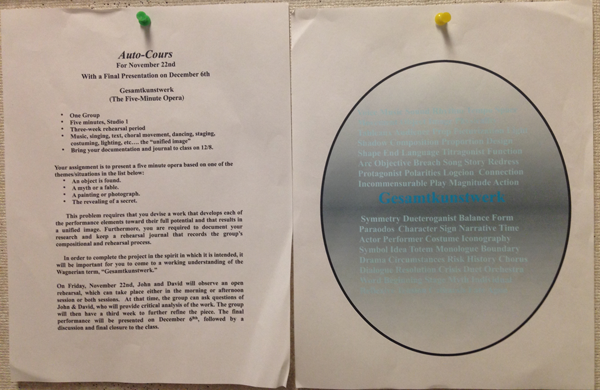
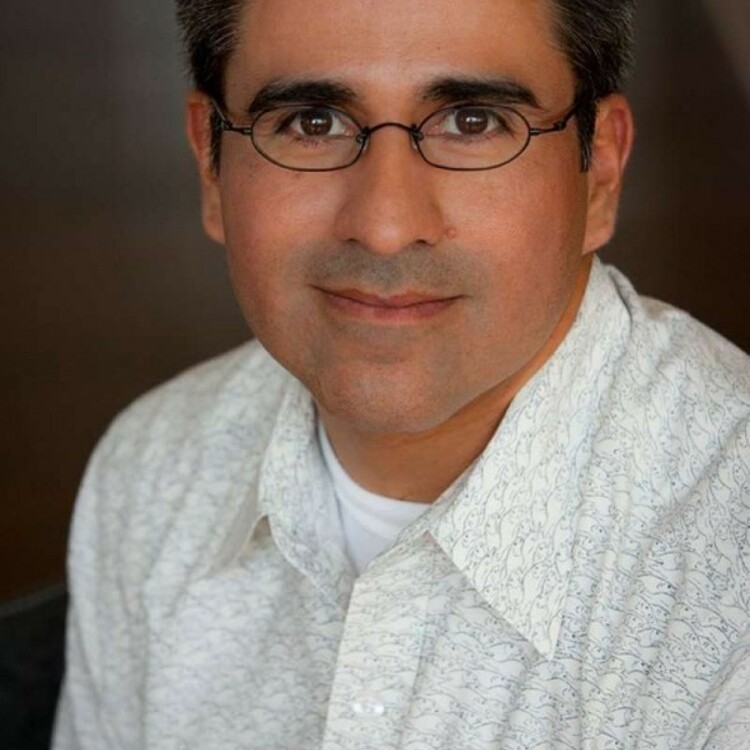




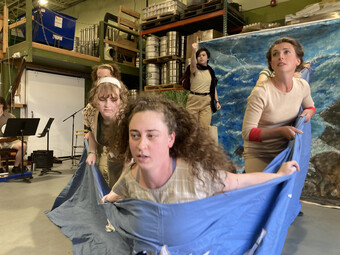

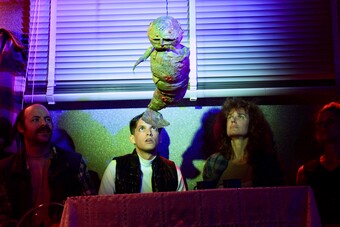

Comments
The article is just the start of the conversation—we want to know what you think about this subject, too! HowlRound is a space for knowledge-sharing, and we welcome spirited, thoughtful, and on-topic dialogue. Find our full comments policy here
On Computer (at least mine) your visual aids are totally unreadable...and no way to enlarge (even in a new tab) ...colors blend together in visual one so that the only word understandable is "Theatricality of the space"... in visual two, I can't read a thing in the large circle. If a visual Aid is to help the, in this case, reader understand and remember key elements... yours, in this case...don't do their job.